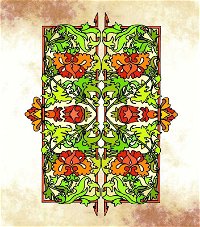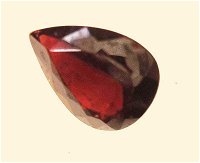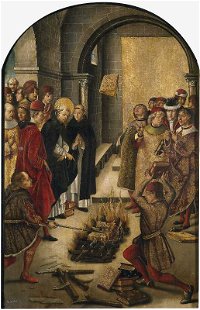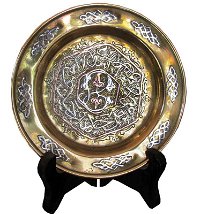
Medieval Words and Concepts Trivia Quiz
"Here are some of my favorite Medieval words...I hope you enjoy the particularly bizarre terminology. Enjoy!" - original author, thejazzkickazz
This is a renovated/adopted version of an old quiz by author thejazzkickazz
by spanishliz.
Estimated time: 3 mins.









